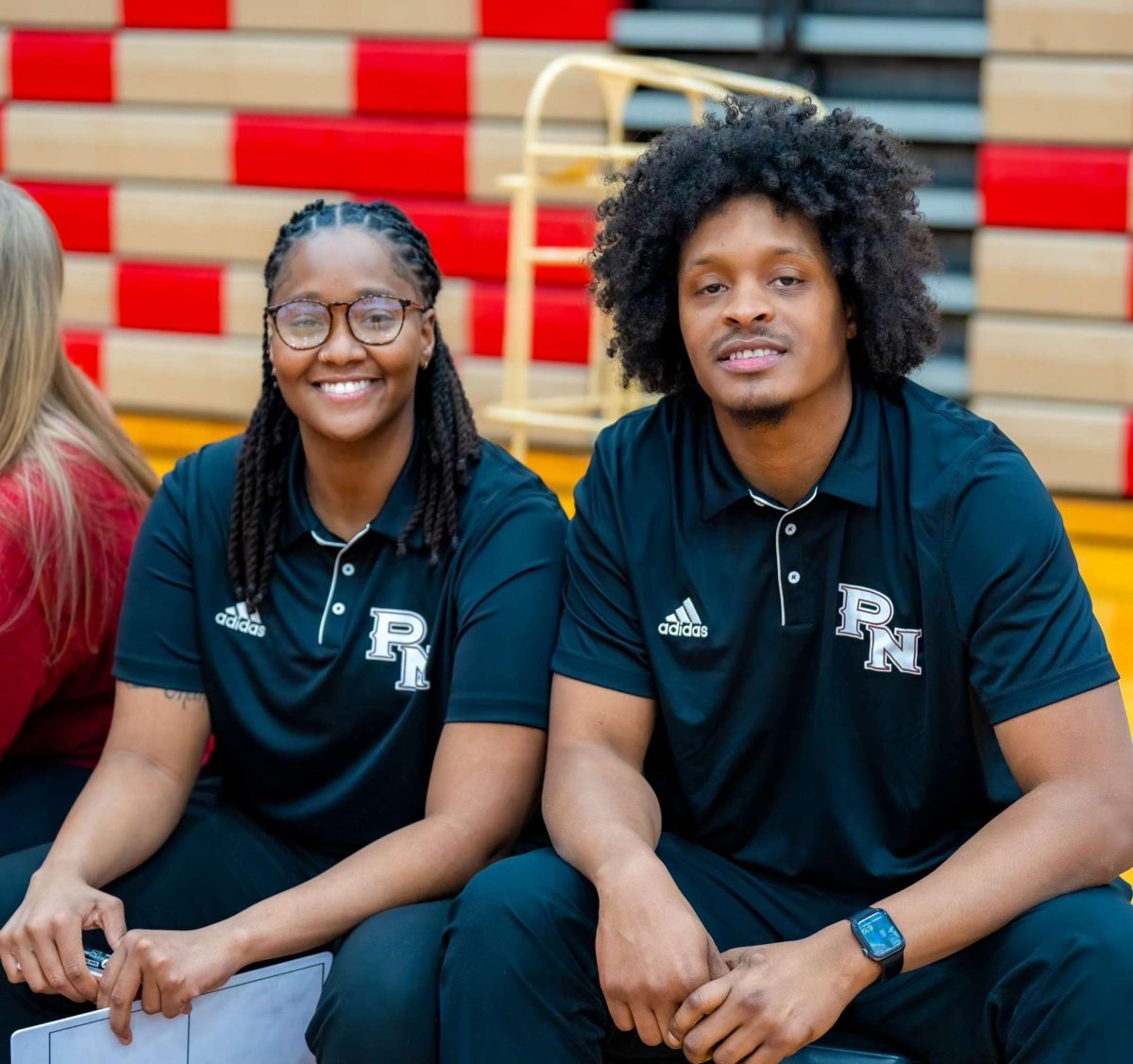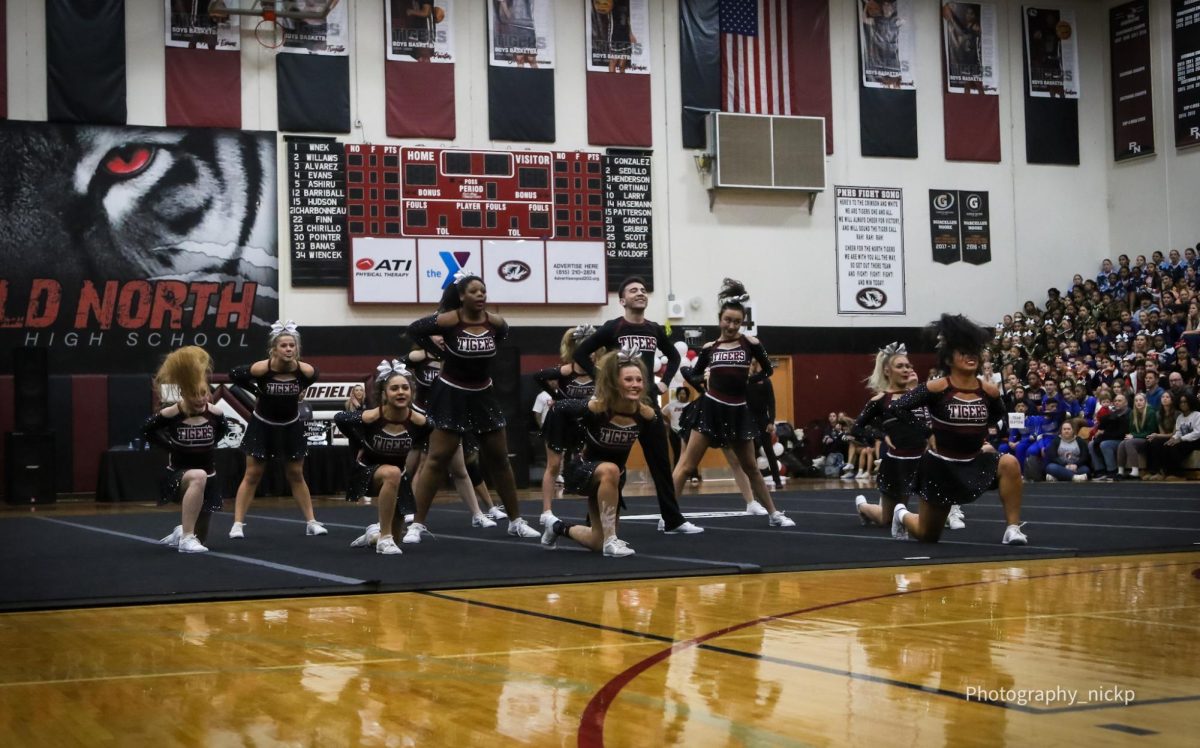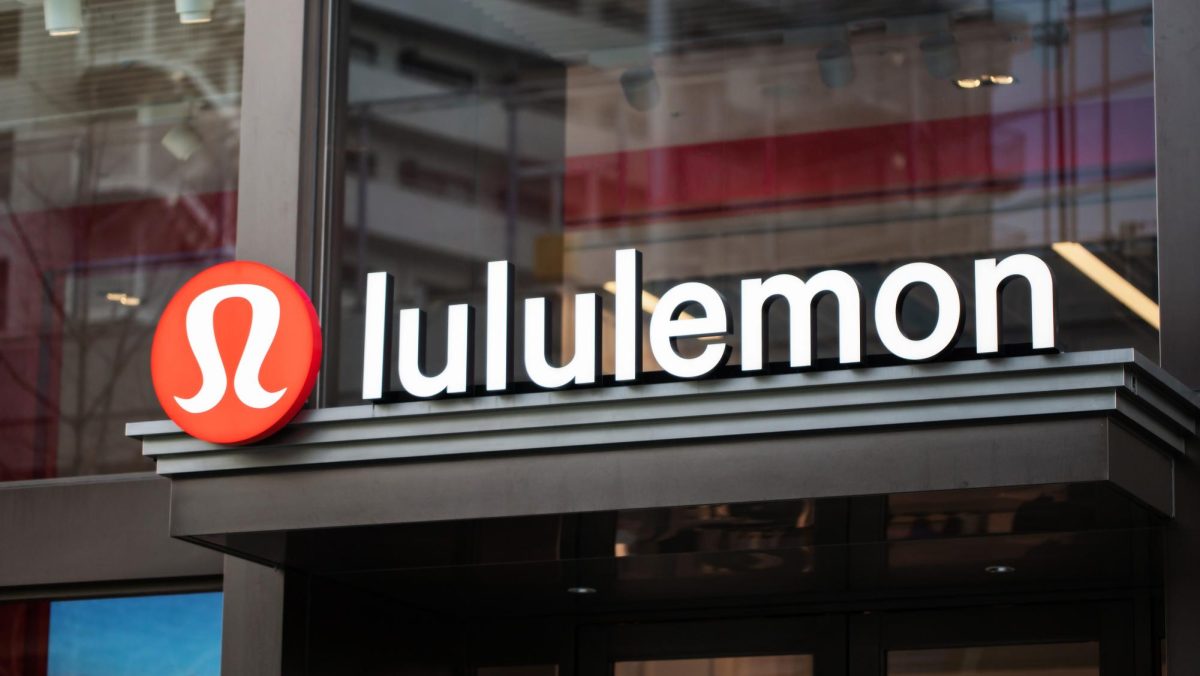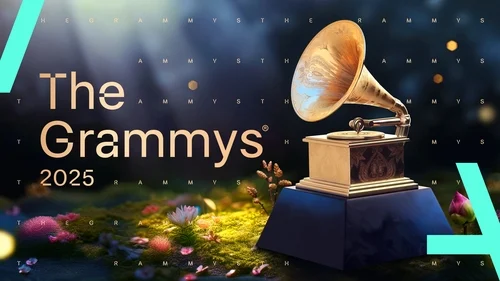Retro photography develops new interest
February 13, 2023
For Gen. Z, growing up in a mostly digital world means analog photography is new. Even though over the last decade digital photography has advanced, it seems as though the world of photography has traveled back in time.
Ever since Samsung’s first camera phone was introduced in 2000, personal film cameras have been on the decline.
According to Simon Hill, author of “A Complete History of the Camera Phone”, “The [first] built-in digital camera was capable of taking 20 photos at 350,000-pixel resolution, which is 0.35-megapixels, but you had to hook it up to a computer to get your photos. The camera and the phone components were essentially separate devices housed in the same body.”
Since the camera phone’s release, film cameras have seen a large dip in popularity. The iconic film brand, Kodak, even filed for bankruptcy in 2012 because it seemed as though film was dead.
“Despite developing many of the key technologies that go into today’s digital cameras, Kodak has had trouble adjusting to the new era of photography” said Jordan Weissman in his Atlantic article “What Killed Kodak.”
Ironically, almost 23 years later and with astounding high resolution technology readily available, lower quality cameras are once again desirable.
“I prefer film photos,” senior Natalie Liapis said. “I think they look so much cooler, even though they are lower quality than a phone camera. It sort of feels like you are going back in time before phones, and everything wasn’t so posed and picture-perfect.”
The lower quality pictures that film cameras produce creates a nostalgic feeling for many photographers. The appeal of film is the vintage look it gives; it is reminiscent of teens’ parents or grandparents’ youth memorialized in dusty photo albums
“I started using disposable film cameras around 8th grade,” senior Evelyn Thurston said. “As a kid and even now, I just flipped through so many photo albums from my parents. I saw their pictures from high school, from trips they went on, even some baby pictures of my mom and me. The pictures always looked so ‘in the moment’ and real. I feel like you could feel the joy they were feeling through the pictures; real smiles on camera are really rare nowadays.”
Film cameras are loaded with rolls of film; the average exposures per roll is anywhere from 12 to 36. With a limited amount of photos, film brings value to a picture. Unlike a photo on a cell phone, it cannot be discarded and retaken immediately.
“One could argue that film forces the user to be more conscious of what they are shooting and not just spraying and praying,” Technology Support Specialist Tim Gunier said.
Aside from the nostalgic feel that film provides, it has reached a point of popularity due to many A-list celebrities partaking in this revival.
According to Gridfiti, “Kendall Jenner has emerged into the world of film photography these last few years and has gotten her hands on several film cameras. These cameras have captured the candid moments of her fast-paced life and the fashion elite. From SLRs, to Polaroids, to point-and-shoots, she is no stranger to film photography.”
For the first time in decades, film is now easily available again. Convenience stores such as Walgreens and CVS still develop, and once again sell disposable cameras and film.
“The more interest in it, the more available materials become,” Gunier said. “For a while there, you had to order film online and send it out to get it developed. Now, you can find basic film types in a handful of stores.”
Companies like Polaroid have rereleased several old style cameras including a camera similar to their original Polaroid OneStep camera that was popular for years.
According to mikescamera.com, “The PolaroidNow i-Type Instant Camera is an evolution of the original Polaroid OneStep cameras from the ‘70s that made photography effortless for everyone. The Now takes that simplicity and adds greater creative control, clean design, and vibrant color to make it more than a moment maker- but a life accessory.”
Big drawbacks of film and disposable cameras are the negative environmental impacts. In response, companies like Paper Shoot Cameras have created more environmentally friendly options. The Paper Shoot is an eco-friendly digital camera that is supposed to replicate the look of a photo from a disposable camera. Because the camera doesn’t actually use film, it eliminates the plastic waste from empty canisters.
“The Paper Shoot digital camera is a device that approximates the feel and aesthetic of a film camera without the hassle of developing,” according to Wired. “Like an old-school analog camera, there are no screens on the Paper Shoot. When you’re taking pictures with it, you stay in the moment without feeling like you have to instantly check that the photos are good. The actual photos look like film too.”
Another drawback of film is the long process of taking it somewhere to be developed. With fewer companies offering film development, the wait times can be up to two weeks or more. With higher demand for film development, a new and upcoming company, Z41 film, has taken it upon themselves to start making film development quicker and more cost efficient.
“Z41 Film Lab is a collective of self-run film labs around the United States,” Owner Cooper Anderson said in his article “Who We Are.” “We wanted to create an affordable, easy-to-understand film developing service run by film photographers who understand how important every roll is. Offering hand-developed, high quality scans for every type of 35mm Color or Black & White film, we guarantee a three to five business day turnaround for only $10 a roll.”
The evolution of photography has seen many phases, and for now, seems to be purposely heading in reverse in terms of photo quality.
“I think we’ve regressed in the world of photography, because people are sick of needing to have flawless, posed pictures,” North alum Annalee Heckman said. “The joy of film is living in the moment, but still getting to look back on those memories; you don’t get that with a phone.”







